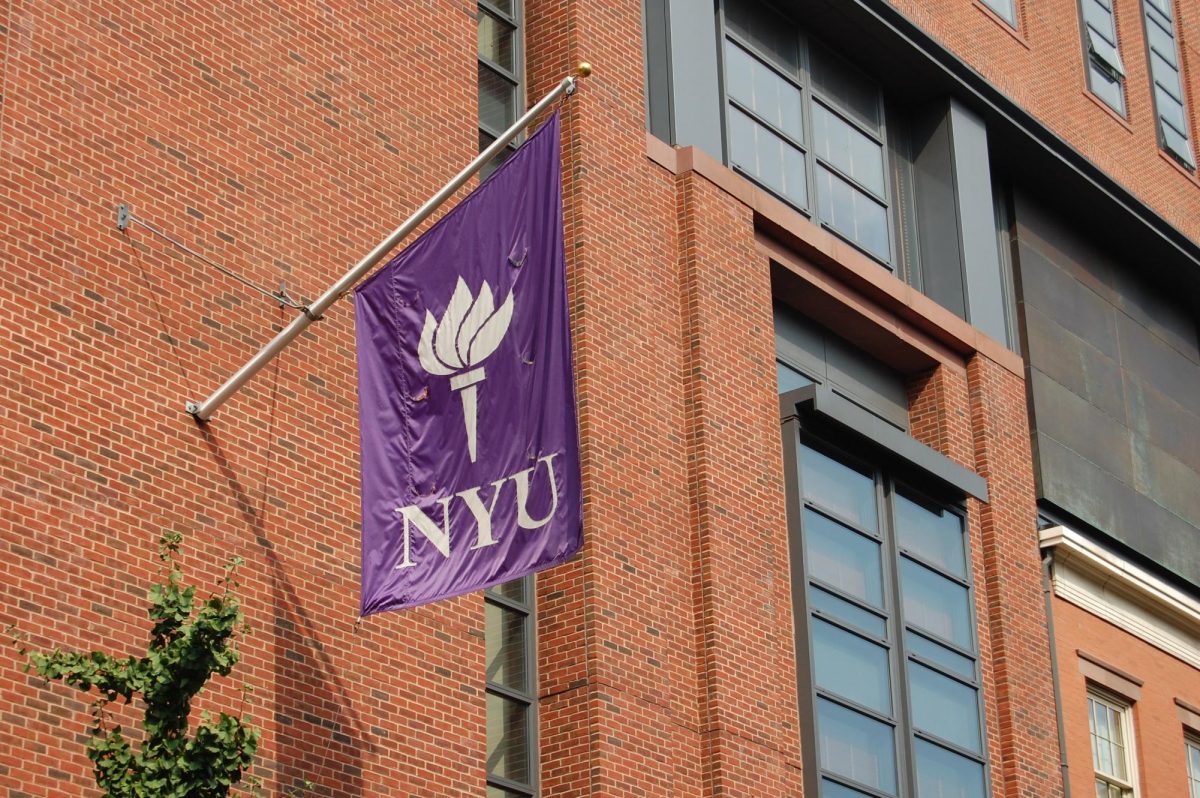The rise of artificial intelligence since 2022 has been profound. Every day the tech industry is filled with news about the latest AI models and how they can help us. However most of the tech biz tends to overlook the geo-ecological impact of all this new research into AI. Developing and training these AI models has released a lot of Carbon dioxide (CO2) into the atmosphere, which only exacerbates global warming. It also contributes to water deprivation.
According to Ian Wright of Business Energy UK: “Even before the AI boom, data centres were among America’s top ten industrial or commercial industries. Today, even a smaller data centre can sweat up to 18,000 gallons of water per day, while “hyperscale” data centres such as Google’s burn through up to 550,000 gallons per day. Globally, ChatGPT uses around 39.16 million gallons daily, the equivalent of everyone in Taiwan flushing their toilet at once.” ChatGPT’s daily water consumption is mind-boggling when it is equivalent to an entire island flushing at once. Much of this water evaporates and returns to the saline ocean, making it unsuitable for human consumption, especially dangerous when only 0.939% of all water on earth is drinkable by humans. 97% is the salty ocean, and 2.061% of water, 68.7% of freshwater, is locked up in ice caps.
Kate Saenko’s article on the Scientific American explains that: “Researchers estimated that creating the much larger GPT-3, which has 175 billion parameters, consumed 1,287 megawatt hours of electricity and generated 552 tons of carbon dioxide equivalent, the equivalent of 123 gasoline-powered passenger vehicles driven for one year. And that’s just for getting the model ready to launch, before any consumers start using it.” The development and training of GPT-3 released 552 tons of carbon dioxide into the atmosphere, which traps more heat from the sun’s rays, and reflects it on to the surface, heating up the planet even more.
Ms Witthaus, my school teacher, and also a Santa Clara, California resident, remarked: “I saw that for each use, for each search query on ChatGPT, a water bottle, a you know, average water bottle size water is consumed. And I saw in places like Santa Clara, which is the heart of Silicon Valley, and also where I’m from, I saw that 60% of the electricity is being used by Chat GPT, and these AI searches, and that it’s using freshwater to cool the servers and freshwater, you know, is a very scarce resource in this world.” OpenAI evaporates freshwater in order to cool their data centers, which often returns to liquid form in the saline ocean. Remember that less than 1% of all Terran water is considered drinkable by us humans.
In order to safeguard the planet for the future, it is necessary to regulate AI and its impact on the environment.
Categories:
AI’s Consumption of Energy and Water Takes New Heights
June 3, 2025
Story continues below advertisement
0
More to Discover
About the Contributor

Truth Innocent, Staff Reporter
Truth is a 10th grader and life-long New Yorker. He identifies as LGBTQIA+, Autistic, and his family is from the Caribbean. Outside of school he likes gaming and surfing the web.














